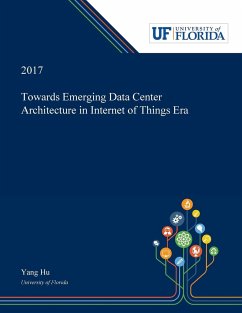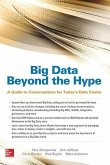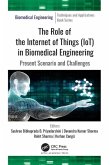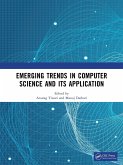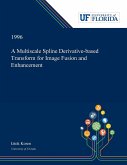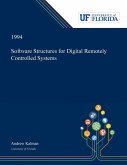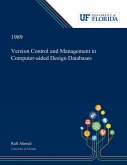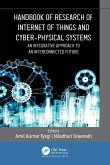Abstract: The Internet of Things intensifies the interactions between the physical world and cyber spaces. IoT establishes such intelligent information connections using billions of mobile devices and sensors and well-developed communication infrastructures. Analyzing the IoT big data enables the organizations to optimize their operation efficiency and enhance their value-added services to customers. However, IoT still faces many great challenges due to the manageability of a large amount of distributed devices and the complexity of handling the huge data flows. The enormous amount of data that generated from distributed sources presents significant challenges to data movement in existing computing paradigms and infrastructures, in terms of both performance and expenditures. We explore the current IoT architecture and observe that the functionalities of computation and communication are decoupled in conventional cloud computing and mobile computing paradigms, which leads to an inferior quality of service and the real-time intelligence in IoT big data era. My two-part dissertation work tackles this issue by proposing new data center architectures and optimizing the networked systems. In the first part, we propose "In-situ computing." This novel computing paradigm offloads the computation functionalities from conventional locations such as cloud data center to a series of renewable energy-powered in-situ data centers that are deployed along the data collection paths. By doing so, the computation is converged with communication. The in-situ computing enables the "intelligence-added communication" that provides the faster data analysis at data generation site and lower expenditure. Building the efficient intelligence-added communication also poses challenges to current cloud and carrier networking system. The advent of software-defined network (SDN) and network function virtualization (NFV) provides the potential to improve portability and scalability of network function deployment in X86 server-based in-situ data centers. We propose and design a variety of frameworks that optimize virtual network function deployment in both hypervisor-based and container-based NFV environments. Dissertation Discovery Company and University of Florida are dedicated to making scholarly works more discoverable and accessible throughout the world. This dissertation, "Towards Emerging Data Center Architecture in Internet of Things Era" by Yang Hu, was obtained from University of Florida and is being sold with permission from the author. A digital copy of this work may also be found in the university's institutional repository, IR@UF. The content of this dissertation has not been altered in any way. We have altered the formatting in order to facilitate the ease of printing and reading of the dissertation.
Bitte wählen Sie Ihr Anliegen aus.
Rechnungen
Retourenschein anfordern
Bestellstatus
Storno

